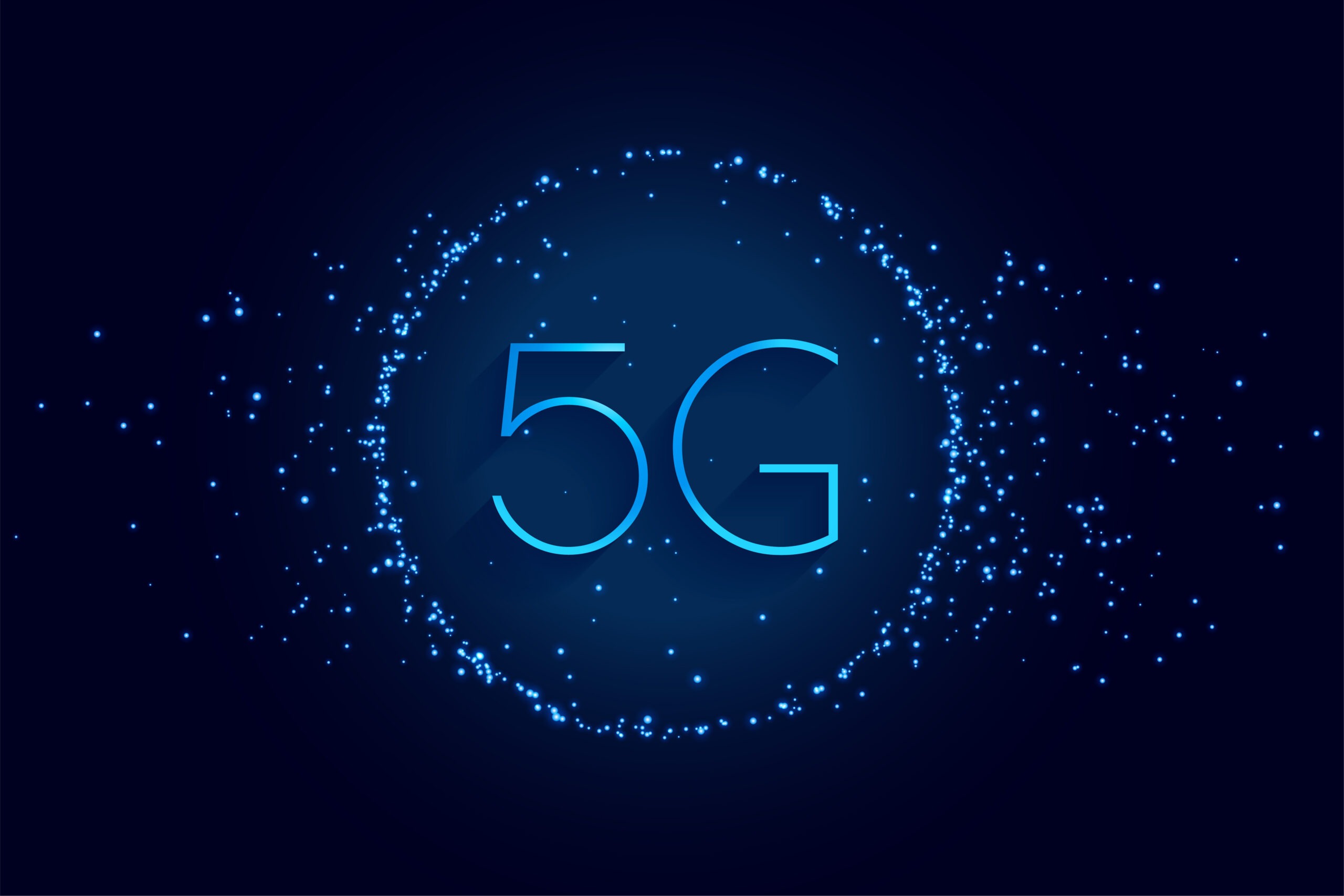5G and Telecom: Latest 5G Updates and Key Telecom News
The telecommunications industry has been undergoing a significant transformation with the rapid deployment and adoption of 5G technology. This cutting-edge wireless innovation is redefining connectivity, enabling faster speeds, ultra-low latency, and unparalleled network efficiency. From advancements in infrastructure to industry collaborations, the 5G revolution is driving global digital transformation. Here are the latest updates and key news shaping the 5G and telecom landscape.
1. Global 5G Rollouts Accelerate
The rollout of 5G networks continues to gain momentum worldwide. Telecom giants across North America, Europe, and Asia-Pacific are racing to expand coverage and meet growing demand. Countries like China, South Korea, and the United States are leading the way in achieving significant milestones in 5G adoption.
- China: China remains at the forefront, with over 2.6 million 5G base stations deployed as of 2024. Major operators like China Mobile and China Unicom are spearheading efforts to connect urban and rural areas alike.
- United States: Telecom leaders such as Verizon, AT&T, and T-Mobile are expanding their 5G footprint by leveraging mid-band and millimeter-wave (mmWave) spectrums to deliver improved connectivity.
- Europe: Countries like Germany, the UK, and France are ramping up investments in 5G infrastructure, ensuring widespread availability in metropolitan areas.
The International Telecommunication Union (ITU) predicts that global 5G subscriptions will surpass 1.9 billion by the end of 2024, showcasing the accelerated pace of adoption.
2. 5G Driving IoT and Smart Cities
One of the most notable impacts of 5G is its role in enabling the Internet of Things (IoT) and smart city applications. The increased speed and lower latency provided by 5G networks are transforming industries and daily life.
- Smart Cities: Urban planners are integrating 5G-powered solutions for smart traffic management, public safety, and energy efficiency. Countries like Singapore and the UAE are leading in implementing smart city solutions powered by 5G networks.
- IoT Connectivity: The adoption of 5G is enhancing industrial IoT (IIoT), enabling factories to deploy automation tools, robotics, and AI solutions for greater operational efficiency.
The connectivity provided by 5G is expected to enable over 25 billion IoT devices by 2025, marking a critical shift towards connected ecosystems.
3. Telecom Innovations and Partnerships
Telecom operators are collaborating with tech giants, equipment manufacturers, and governments to accelerate 5G innovation.
- 5G Standalone Networks: Telecom providers are transitioning to 5G standalone (SA) architecture, which allows for fully optimized 5G performance without relying on existing 4G infrastructure.
- Private 5G Networks: Industries like manufacturing, healthcare, and logistics are deploying private 5G networks to enhance security, reliability, and productivity.
- Strategic Partnerships: Collaborations between companies like Nokia, Ericsson, Qualcomm, and Huawei are enabling the development of advanced 5G network solutions and technologies.
For example, Ericsson recently partnered with Vodafone to deploy 5G Core Networks in Europe, enabling faster speeds and improved reliability for enterprise customers.
4. 5G and Telecom News Highlights
Here are some of the top headlines in the telecom industry:
- Spectrum Auctions Continue: Governments across the globe are conducting spectrum auctions to allocate frequencies for 5G. Recently, India completed its largest spectrum auction, generating over $20 billion in revenue.
- 5G Use Cases in Healthcare: 5G technology is being used for remote surgery, telemedicine, and health monitoring in countries like the US and Japan, improving healthcare outcomes.
- 5G in Rural Connectivity: Telecom companies are focusing on bridging the digital divide by deploying 5G Fixed Wireless Access (FWA) in rural areas.
These developments highlight the versatility of 5G technology in addressing both urban and rural connectivity challenges.
5. Challenges Facing 5G Adoption
While the growth of 5G remains strong, the industry faces several challenges:
- Infrastructure Costs: The deployment of 5G networks requires substantial investments in new infrastructure, including base stations and fiber optic networks.
- Spectrum Allocation: In some regions, delays in spectrum allocation and regulatory hurdles are slowing down progress.
- Cybersecurity Concerns: As 5G enables more connected devices, it also raises concerns about data security and potential cyber threats.
Despite these challenges, telecom companies are investing in innovative solutions to overcome barriers and accelerate adoption.
6. The Future of 5G: Looking Ahead
The future of 5G is promising, with new technologies and advancements on the horizon. The ongoing research into 6G technology and 5G enhancements such as network slicing, edge computing, and AI integration will further revolutionize connectivity.
- Network Slicing: Telecom providers will use network slicing to deliver tailored services for specific industries, such as gaming, healthcare, and finance.
- Edge Computing: The integration of 5G with edge computing will enable ultra-fast data processing closer to users, improving applications like autonomous vehicles and augmented reality (AR).
According to industry reports, the 5G market will be valued at over $1.87 trillion by 2030, making it a cornerstone of future digital advancements.
Conclusion
5G technology is revolutionizing the telecom industry by enabling faster, more reliable, and secure connectivity. From expanding global rollouts to driving IoT innovation, 5G is paving the way for a more connected and efficient world. While challenges like infrastructure costs and cybersecurity persist, the future remains bright as 5G adoption continues to soar. Telecom providers and technology leaders are working together to build the foundation for next-generation solutions, ensuring that 5G will drive economic growth, innovation, and digital transformation for years to come.




